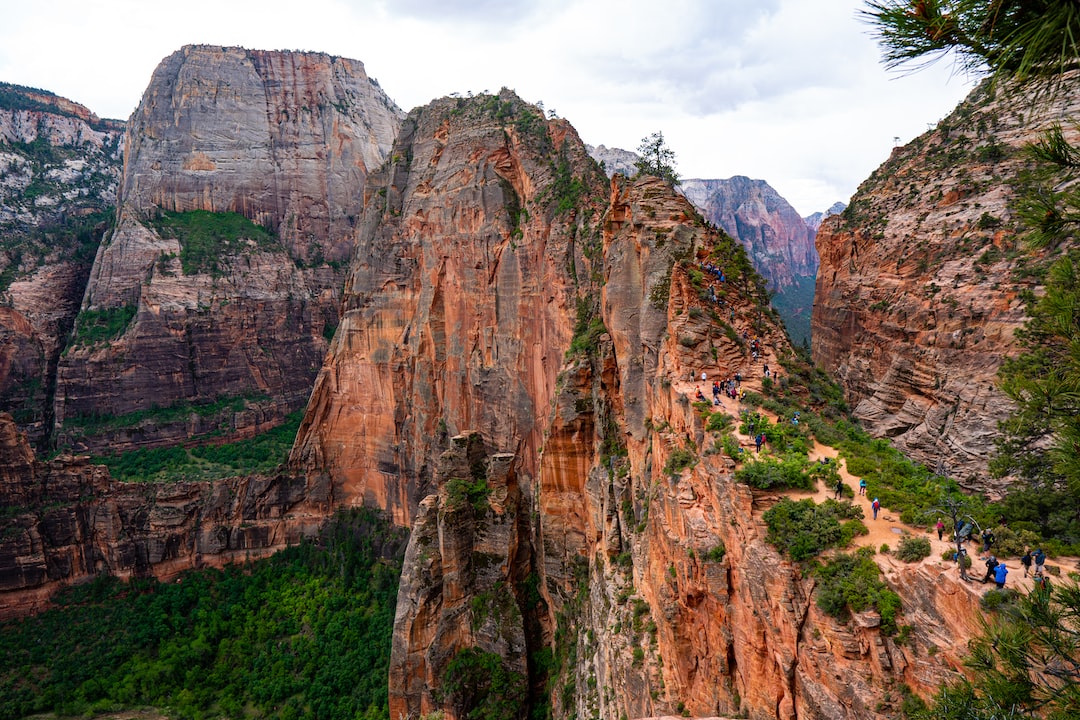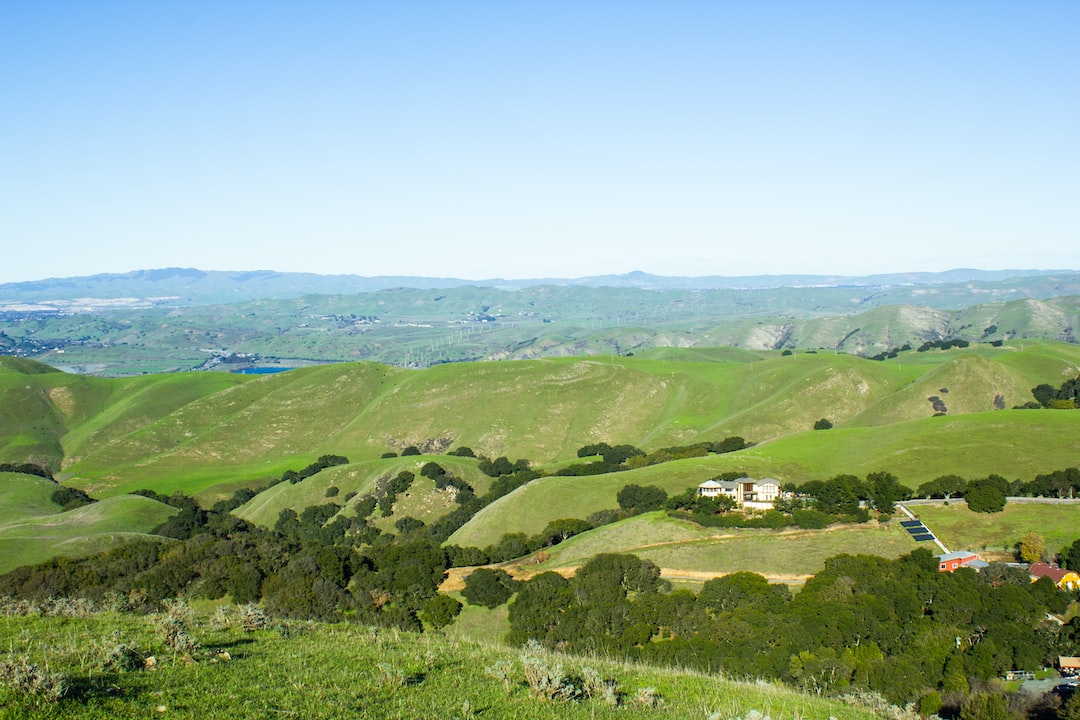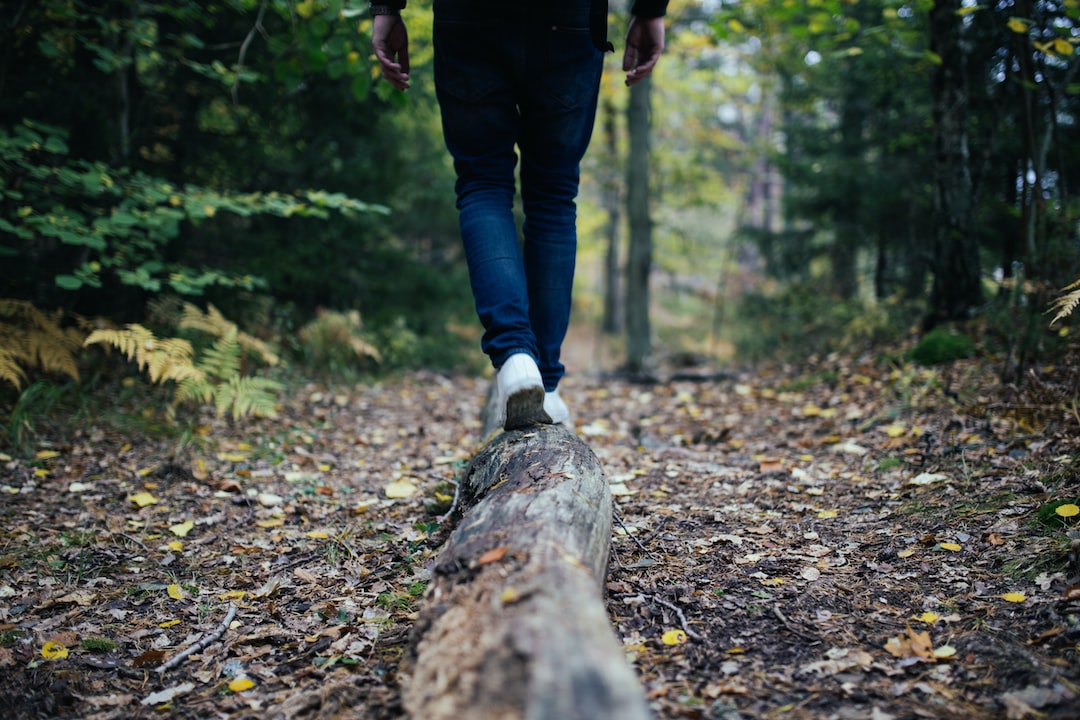Hiking is an incredible way to explore the outdoors, experience nature, and get a fantastic workout. However, one of the most common issues faced by hikers is dehydration. Staying hydrated is essential when spending hours on the trail, and recognizing the signs of dehydration can make all the difference in maintaining your health and enjoyment during your adventure.
To avoid dehydration while hiking, drink water frequently, consuming 0.5-1 liter per hour depending on temperature, humidity, and intensity. Recognize dehydration signs like dark urine, dizziness, muscle cramps, and dry mouth. Prevent it by starting the hike well-hydrated, carrying electrolyte drinks or tablets, and wearing breathable clothing to minimize sweat loss.
What Causes Dehydration While Hiking?
Dehydration occurs when your body loses more water than it takes in, leading to an imbalance in the essential minerals needed to maintain bodily functions. Multiple factors contribute to dehydration while hiking, and understanding these factors will help you take proper precautions to mitigate the risks.
Physical Exertion
Hiking, whether through mountainous terrain, dense forests, or desert landscapes, requires a considerable amount of physical activity. This leads to increased sweating, which is your body’s natural mechanism to regulate its internal temperature. However, excessive sweating can lead to significant fluid loss.
High Altitudes
As you ascend in elevation, the air becomes thinner, and your body tends to lose water through increased respiration. In my experience, this can sneak up on hikers who do not realize that they are breathing more rapidly and losing fluids more quickly at high altitudes.
Hot and Dry Weather
Hiking in hot and dry environments can contribute to rapid fluid losses as your body tries to cool itself down through sweating. Additionally, a lack of humidity or shade increases the risk of dehydration in these conditions.
What Are Common Signs and Symptoms of Dehydration?
By recognizing the early signs and symptoms of dehydration, you can take preventative measures to ensure a safe and enjoyable hiking experience. Keep an eye out for these indicators while on the trail:
Fatigue and Weakened Physical Performance
As your body loses water and electrolytes, your ability to perform physical tasks decreases. If you find yourself feeling more tired and fatigued than usual, it may be a sign that you are not adequately hydrated.
Increased Thirst and Dry Mouth
An obvious sign of dehydration is increased thirst coupled with a dry or sticky feeling in your mouth. While this signal may seem self-explanatory, many hikers may not realize they are dehydrated until they have reached this stage.
Dark or Strong-Smelling Urine
If your urine is darker in color and has a strong odor, it likely indicates dehydration. Well-hydrated individuals generally produce pale yellow or clear urine.
Headaches and Dizziness
Dehydration headaches are caused by the brain receiving less blood flow due to reduced fluid levels in the body. This can also lead to feelings of dizziness or lightheadedness as the blood flow to the brain is further impacted.
Dry Skin and Sunken Eyes
Dehydration causes the skin to lose elasticity, leading to dry, tight skin that does not bounce back quickly when pinched. Sunken eyes are another visible sign of dehydration.
How Can You Stay Hydrated While Hiking?
Preventing dehydration is an essential aspect of maintaining your health and safety on the trail. By following these tips and guidelines, you can minimize the risk of dehydration and maximize your enjoyment in the great outdoors.
Maintain a Strategic Drinking Schedule
Make a conscious effort to drink water regularly. Instead of waiting until you are thirsty to take a sip, it is better to take small, regular sips of water throughout your hike. Set a timer on your watch or smartphone as a reminder to drink water every 20-30 minutes.
Choose the Right Hydration System
Selecting a suitable hydration system can make it easier to maintain proper fluid intake. Hydration packs, water bottles, or collapsible water containers are excellent options for carrying water while hiking. Hydration packs, in particular, offer convenience with a built-in drinking tube that encourages frequent sips without disrupting your hike.
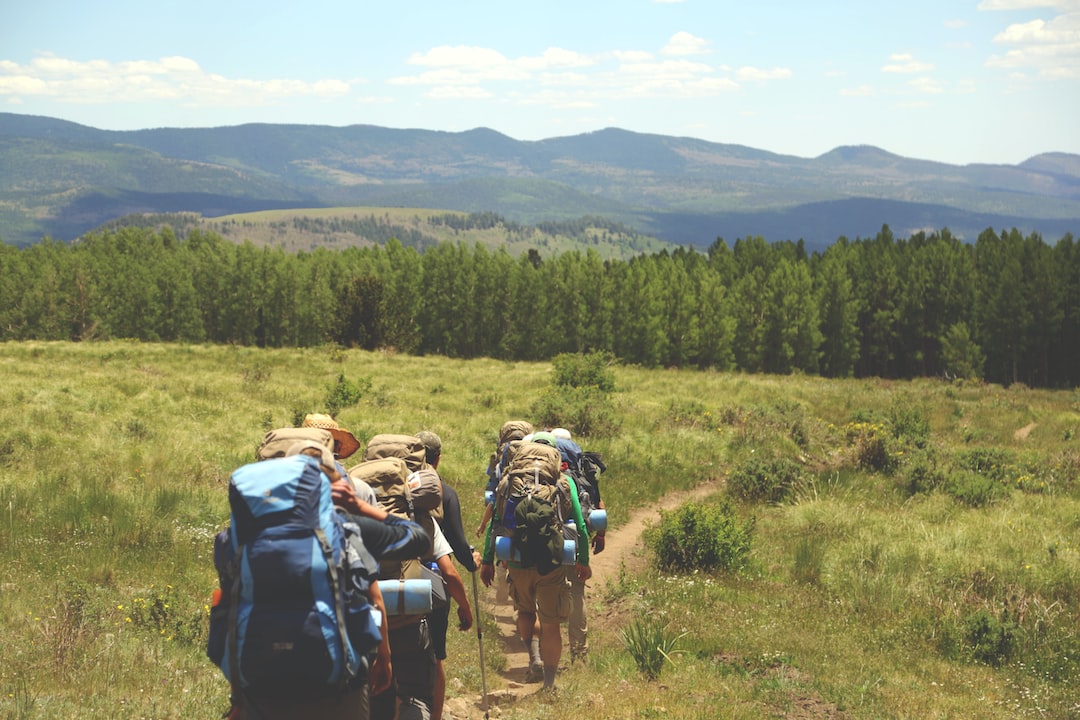
Monitor Fluid Intake and Output
By keeping track of how much water you consume and how often you are urinating, you can gauge your hydration levels more effectively. Aim for at least 500ml (17 oz) of water per hour for moderate activity in moderate temperatures, adjusting the amount as needed based on your physical exertion and environmental conditions.
Avoid Consuming Diuretics on the Trail
Certain substances, such as caffeine and alcohol, have diuretic properties that can lead to increased urine production and potential dehydration. Steering clear of these products before and during your hike will help in maintaining proper hydration levels.
CONTINUE
Incorporate Electrolytes
During intense physical activity, your body loses electrolytes along with water through sweat. To replenish these essential minerals that aid in maintaining proper bodily functions, consider adding electrolyte supplements or sports drinks to your hydration plan. Consuming electrolyte-rich snacks, such as nuts, bananas or pretzels, can also help maintain your body’s electrolyte balance.
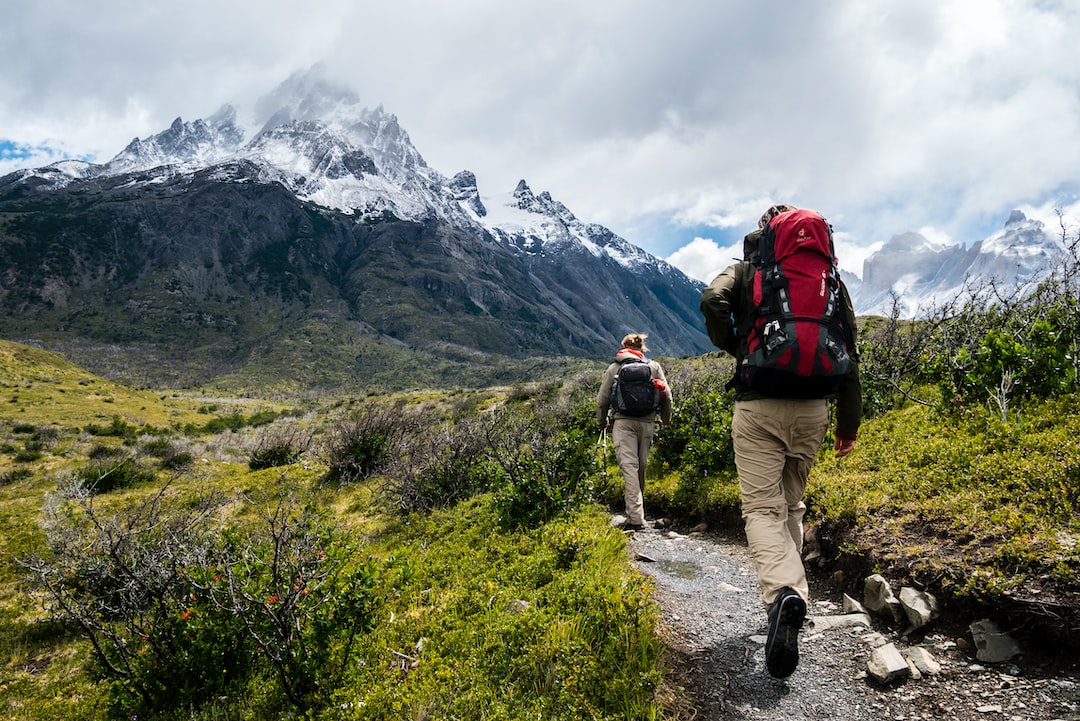
Plan Your Hike Around Water Sources
When planning your hiking route, take note of potential water sources along the trail, such as streams or rivers. This can help ensure you have access to sufficient water during your hike. Always filter or treat any water collected from natural sources to avoid contamination from harmful bacteria, viruses or parasites.
Adjust Your Hiking Pace and Schedule
In extreme heat or at high altitudes, consider adjusting your hiking pace to reduce excessive sweating and fluid loss. Break your hike into smaller segments and take breaks in shaded areas or during cooler parts of the day. By avoiding the peak sun hours and allowing your body to cool down, you can reduce the risk of heat-related dehydration.
Wear Appropriate Clothing and Gear
Wearing lightweight, moisture-wicking clothes helps to keep sweat from clinging to your skin, allowing it to evaporate and cool you more effectively. Light-colored clothing can also help reflect sunlight and prevent overheating. Additionally, choose a wide-brimmed hat and sunglasses to protect your face from direct sunlight and further minimize your risk of dehydration.
Recognize and Address Dehydration Signs Early
As mentioned earlier, early recognition of dehydration signs and symptoms is crucial in preventing potential health issues. If you or a hiking partner notice any of these signs, take immediate action to rehydrate and assess your condition. Taking time to rest and rehydrate may be necessary before continuing on your hike. In severe cases of dehydration, seek medical attention as soon as possible.
By being mindful of dehydration risks, signs, and preventative measures, you can greatly enhance your hiking experience and ensure a safe, healthy, and memorable adventure in the great outdoors. Stay hydrated, stay vigilant, and enjoy the breathtaking beauty that nature has to offer.
Importance of Acclimatization and Conditioning
When preparing for a hike, especially in high altitudes or challenging environments, it’s essential to acclimatize and condition your body. Gradually increase the intensity and duration of your hikes to allow your body to adapt to physical stressors, such as increased heart rate, respiration, and sweating. This conditioning will help your body become more efficient in dealing with dehydration and other potential hiking-related issues.
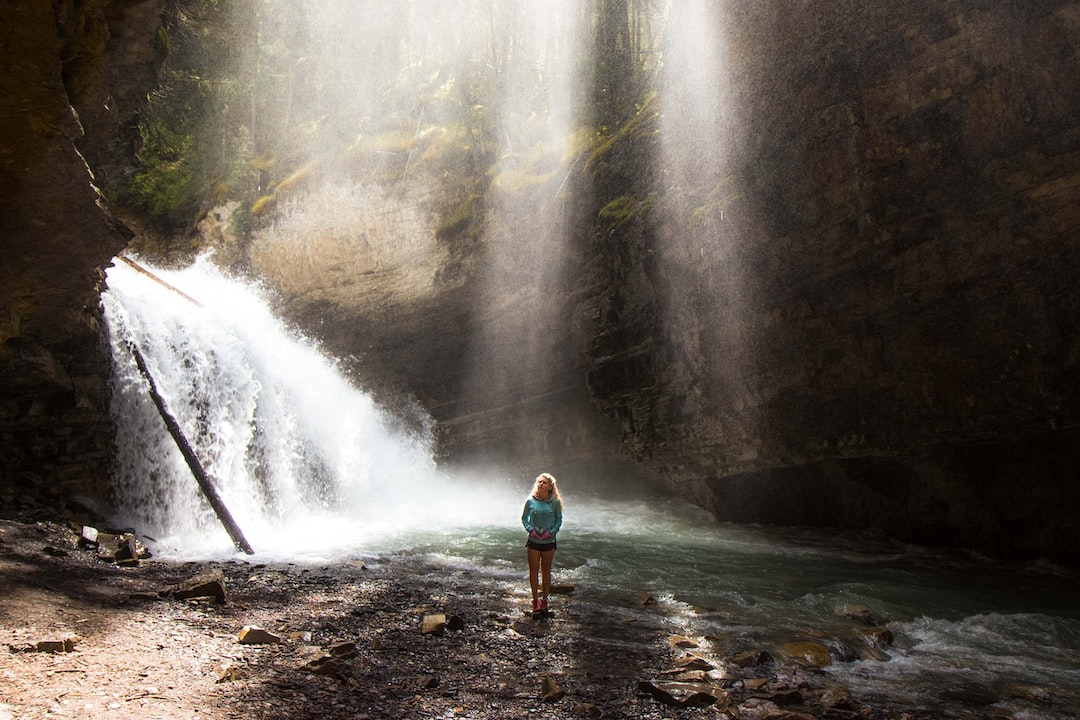
Consume Water-Rich Foods
In addition to drinking water, consuming water-rich foods can also help you stay hydrated during your hike. Foods such as watermelon, oranges, cucumbers, and grapes are great options for maintaining fluid levels. These snacks not only offer hydration but also provide essential nutrients and energy for staying physically active on the trail.
Listen to Your Body and Know Your Limits
While it is crucial to push yourself and challenge your limits, you must also learn to listen to your body’s cues during a hike. If you are feeling fatigued, dizzy, or exhibit any other signs of dehydration, it is essential to stop, rest, and rehydrate before continuing. Ignoring your body’s signals can lead to dangerous consequences, and it is always better to err on the side of caution when it comes to your health and safety.
Hydration and Nutrition Education
Educate yourself on the effects of hydration and nutrition on your body while hiking. Gaining a deep understanding of how your body uses and retains water and electrolytes will help you develop a personalized hydration plan that will keep you at peak performance during your outdoor adventures. Research, consult with experts, and share experiences with fellow hikers to continually enhance your knowledge on this essential aspect of hiking.
Assess and Adjust Your Hydration Plan Regularly
As your hiking adventures take you through different terrains, climates, and challenges, your hydration needs can change. It is vital to assess and adjust your hydration plan regularly based on your needs and the environment. Factors such as increased distance, elevation gain, hotter temperatures, or increased load on your back may require an adjustment in your fluid intake to maintain adequate hydration levels.
Hydration Preparedness: A Team Effort
When hiking with a group, remember that staying hydrated is a team effort. Keep an eye on one another, reminding each other to drink water and take rest when needed. By working together and looking out for potential signs of dehydration, you are more likely to keep everyone in the group safe and healthy while enjoying the great outdoors.
Staying hydrated while hiking is an essential aspect of a successful and enjoyable outdoor adventure. By recognizing dehydration signs early, understanding the causes, and employing preventative measures, you can confidently and safely immerse yourself in the wonders of nature. Remember to listen to your body, be prepared, and prioritize hydration to make the most of your hiking experience.


